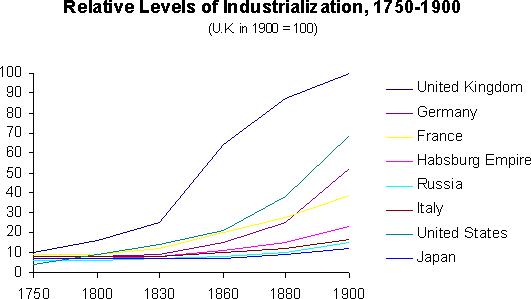 Image via WikipediaCugir Valley is area where history meet technology generating a strange population. Cugir river, starting in the city where Raul Mare meet Raul Mic will split again after less than a dozen of miles meeting Mureș river. Two or three century ago was a border town for Habsburg Empire. Landmark for the area from that times is Water Tower, part of hydro energy plant built in the city, still I'm digging around this subject with the filling that missing documents become a trade mark for iron curtain. Border town it is today.
Image via WikipediaCugir Valley is area where history meet technology generating a strange population. Cugir river, starting in the city where Raul Mare meet Raul Mic will split again after less than a dozen of miles meeting Mureș river. Two or three century ago was a border town for Habsburg Empire. Landmark for the area from that times is Water Tower, part of hydro energy plant built in the city, still I'm digging around this subject with the filling that missing documents become a trade mark for iron curtain. Border town it is today.Details for recent history. After WWII, comuna Cugir was a border of Hunedoara county, logic if we accept integration of steel factories in the same area. At that time an autonomous Magyar county was inside Romania. Well, we are Romanian, so the counties was change, term "regiunea" was change to "județ" and the city cross the border inside Alba county. Why ? The city now have guns and ammo facilities, this means money for government, and Alba, late Alba Iulia want more money than Deva. After Cool War end, all industry was destruct, government is more efficient than shells, so whiteout ...pollution city does not appear on local economic plans. Now another term and geographic county change at nadir and guess what, Cugir will maintain peripheries position.

Habsburg Empire industrialization was higher than Japan, Italy and Russia. That means, in Cugir, a new hydro electric plant built by cooperation of Italian, Cheh, Hungarian, German and Romanian people, around 1906.
At the end of tower, water from Râul Mic will go inside Râul Mare, so Cugir river is a quarter of mile longer.
That tower is under maintenance work

